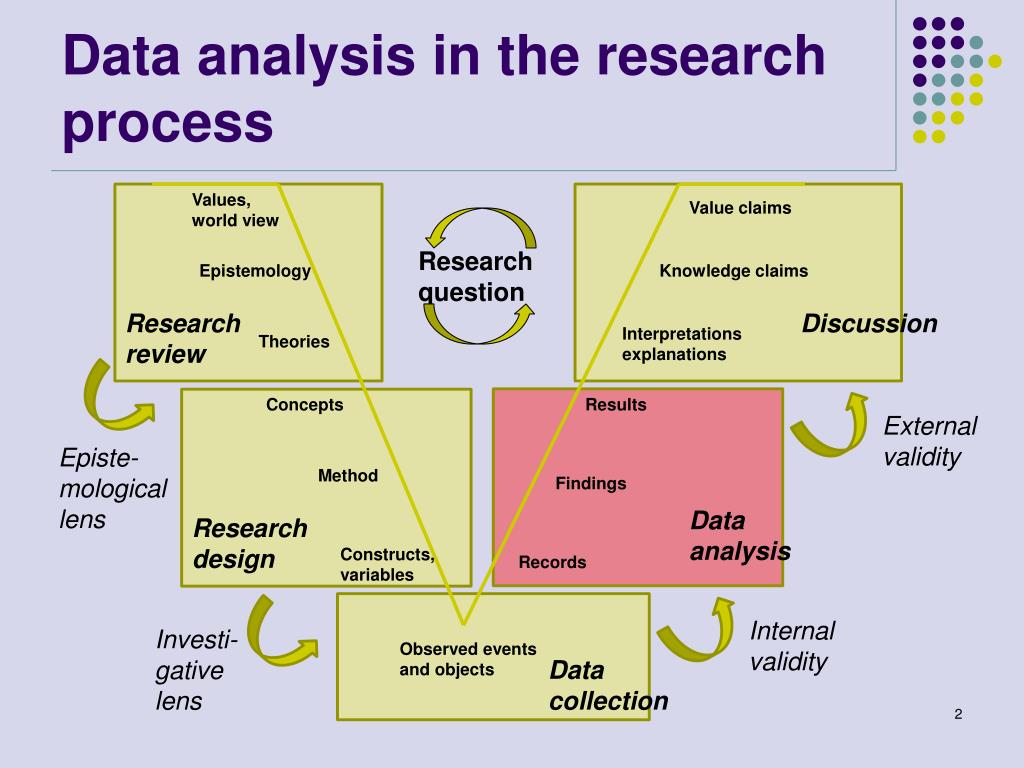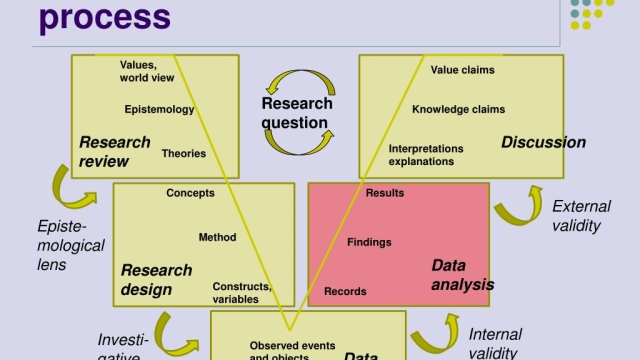
Research and data analysis are integral parts of any successful endeavor, whether it be in the academic, business, or scientific realm. They are the pillars that support informed decision-making and drive meaningful insights. In a world that is increasingly dependent on data, mastering the art of research and data analysis has become essential for professionals across various disciplines. By effectively conducting research and employing robust data analysis techniques, individuals can uncover hidden patterns, validate hypotheses, and gain a deeper understanding of the subject matter at hand.
In essence, research lays the foundation for data analysis, providing the necessary context and background information to guide the investigation. It involves identifying the research question or problem, conducting a thorough literature review, and formulating hypotheses or aims to steer the investigation forward. Research is not confined to a single approach; it can encompass quantitative methods, qualitative studies, experimental designs, surveys, interviews, and more. The key is to adopt a systematic and objective approach, ensuring that the data collected is relevant, reliable, and comprehensive. Once the research phase is complete, the data analysis stage comes into play, where the collected data is processed, interpreted, and transformed into actionable insights.
Data analysis encompasses various techniques and methodologies that enable researchers to draw meaningful conclusions from their findings. It involves organizing, cleaning, and transforming the raw data into a format that is amenable to analysis. From basic descriptive statistics to advanced statistical modeling, the range of tools available for data analysis is vast and diverse. However, the ultimate goal remains the same: uncovering patterns, relationships, and trends that provide valuable insights into the research question at hand. Whether it is through visualization techniques, hypothesis testing, or predictive modeling, data analysis enables researchers to extract knowledge and make informed decisions based on evidence.
By recognizing the importance of research and data analysis, individuals can unlock a wealth of possibilities. Research and data analysis empower us to explore new ideas, challenge existing paradigms, and catalyze innovation. With the right skills and mindset, we can harness the power of data to inform decision-making, improve processes, and drive positive change. In this article, we will delve deeper into the art of research and data analysis, exploring the fundamental principles, key techniques, and best practices necessary to unleash insights and master this vital discipline. So, let’s embark on this journey of discovery together and unlock the secrets that lie within the realm of research and data analysis.
Understanding Research Methodologies
Research and data analysis are integral components of any successful study or investigation. These activities allow researchers to gather valuable insights and make informed conclusions. To ensure the validity and reliability of their findings, researchers employ various research methodologies. These methodologies provide a systematic and structured approach to conducting research and analyzing data.
The first type of research methodology is quantitative research. This method involves the collection and analysis of numerical data to establish patterns, correlations, or cause-and-effect relationships. Quantitative research often employs surveys, experiments, or statistical analysis to gather data. By using statistical techniques, researchers can make generalizations and predictions based on the collected numerical data.
Another widely used research methodology is qualitative research. Unlike quantitative research, qualitative research focuses on gaining an in-depth understanding of people’s behaviors, opinions, and experiences. This method utilizes techniques such as interviews, observations, or focus groups to gather non-numerical data. Through qualitative research, researchers can capture rich and nuanced information that may not be easily quantifiable.
Additionally, mixed methods research combines both quantitative and qualitative approaches. This research methodology aims to leverage the strengths of both methods to obtain a comprehensive understanding of the research topic. By integrating quantitative data analysis with qualitative insights, researchers can gain a more holistic view and draw robust conclusions.
By understanding and choosing appropriate research methodologies, researchers can ensure the reliability and validity of their study outcomes. Each methodology brings unique strengths and limitations, and the selection should be based on the research objectives and questions at hand. With a solid understanding of research methodologies, one can master the art of research and data analysis, leading to more accurate and impactful findings.
Effective Techniques for Data Analysis
Visualizations: One of the most effective techniques for data analysis is the use of visualizations. By representing data in charts, graphs, or other visual formats, patterns and trends become easier to identify. Visualizations help in understanding complex data sets and conveying insights in a more accessible and intuitive manner. They provide a helpful way to explore relationships between variables and make it easier to spot outliers or anomalies.
Statistical Analysis: Statistical analysis plays a critical role in data analysis. By applying statistical methods, we can quantify and summarize the data, draw meaningful conclusions, and make predictions. Techniques such as regression analysis, hypothesis testing, and correlation analysis enable us to uncover relationships, test hypotheses, and assess the significance of findings. Statistical analysis provides the foundation for making data-driven decisions and evaluating the reliability of our results.
Data Cleansing and Preprocessing: Before diving into the analysis, it is essential to ensure the data is clean and properly structured. Data cleansing involves detecting and correcting errors or inconsistencies in the dataset, such as missing values, duplicates, or outliers. Preprocessing techniques, such as normalization or scaling, may also be applied to bring the data into a suitable format for analysis. By investing time and effort into data cleansing and preprocessing, we can enhance the accuracy and reliability of our analysis.
Statistics Help For Thesis
Remember, mastering the art of data analysis requires a combination of technical skills and a critical mindset. By utilizing effective techniques such as visualizations, statistical analysis, and data cleansing, we can unlock powerful insights and make informed decisions based on our research findings.
Interpreting and Communicating Findings
In any research project, the process of interpreting and communicating findings holds immense significance. It is through this crucial step that raw data gets transformed into meaningful insights, enabling stakeholders to make informed decisions based on the research outcomes.
When it comes to interpreting findings, researchers dive deep into the collected data, analyzing patterns, trends, and correlations. This analysis allows them to uncover meaningful relationships and draw valuable conclusions. By meticulously examining the data, researchers gain a comprehensive understanding of the subject under study, which helps them formulate accurate and insightful interpretations.
Once the findings are interpreted, effective communication becomes vital to ensure the research outcomes reach the intended audience. A well-crafted report or presentation presents the findings in a clear, concise, and engaging manner, making it easier for stakeholders to comprehend and grasp the implications. Visual aids, such as charts, graphs, and infographics, can enhance the communication process by simplifying complex information and facilitating comprehension.
Moreover, it is essential to tailor the communication of findings to the specific audience. Adapting the language, tone, and level of detail to match the target audience’s background and knowledge allows for better comprehension and engagement. Whether conveying findings to fellow researchers, executives, or the general public, effective communication ensures that the insights are successfully conveyed and understood, fostering informed decision-making.
In conclusion, the interpretation and communication of research findings are crucial elements in the process of research and data analysis. By investing time and effort into understanding the data and effectively communicating the insights, researchers can unleash the true potential of their research, enabling stakeholders to make informed decisions based on solid evidence and analysis.





